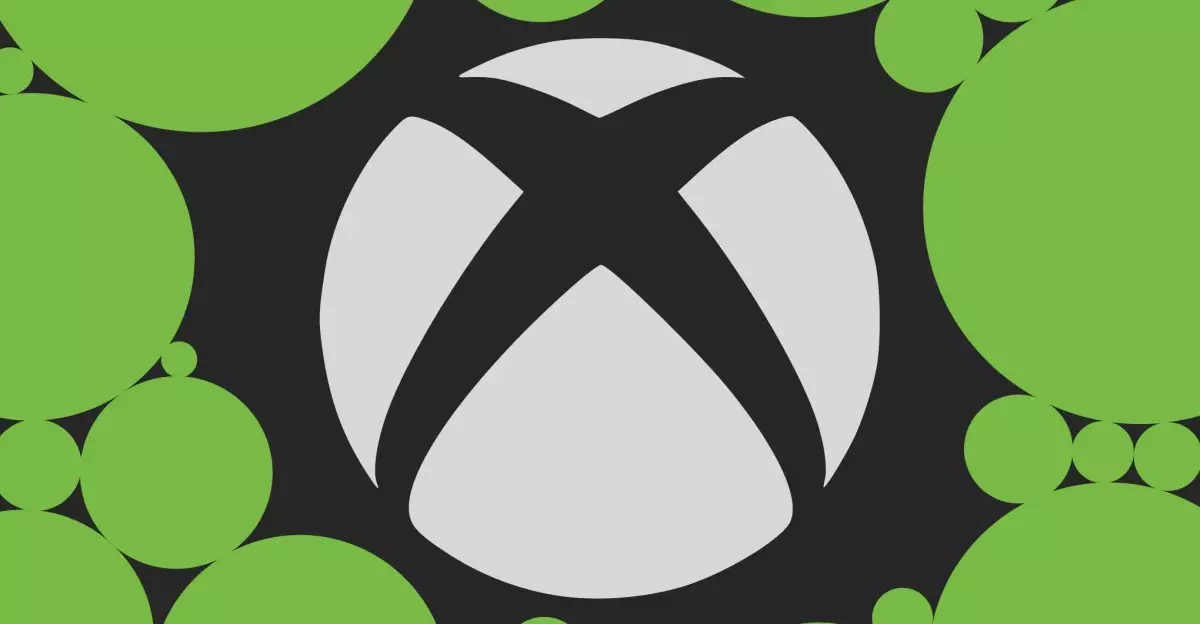In a bold shift that has captured significant attention in the gaming community, Microsoft has announced a new pricing structure for its Xbox Series S and X consoles, controllers, and select first-party games. As gamers anticipate the holiday season, the proposed increases show that Microsoft is not just adjusting numbers but also redefining its positioning in the competitive gaming landscape. Starting this holiday, the prices of new first-party Xbox games will rise to an astonishing $79.99, reflecting a broader trend in the gaming industry where corporations are aiming for higher profit margins.
This move comes on top of significant price hikes for consoles themselves, with the Xbox Series S seeing an increase of $80, and the Series X soaring by $100 to a steep $599.99. The adjustments for accessories, like controllers and headsets, demonstrate Microsoft’s strategy to capture more revenue from every facet of its gaming ecosystem. Lenovo’s study indicates that consumers have become more willing to invest in gaming experiences, and Microsoft’s timing is no coincidence, targeting premium consumers willing to pay for quality.
Aligning with Industry Standards
What stands out in Microsoft’s price increases is the alignment with the pricing strategies of other major players in the industry, particularly Nintendo. As Microsoft moves to charge $79.99 for its first-party titles, it matches the pricing of Nintendo’s upcoming Switch 2 launch titles, which suggests an industry-wide normalization of higher price points for new games. This alignment indicates a significant shift in how both new and legacy gamers perceive value in gaming content—but it also raises concerns about accessibility.
While the Xbox Game Pass remains unaffected by these increases, it’s essential to scrutinize the implications of this pricing strategy. The Game Pass model, which allows subscribers to access numerous games for a flat monthly fee, offers a counterbalance to the rising costs of individual titles. However, the question arises: will the games offered through Game Pass remain competitive in quality and relevance as publishers focus on maximizing revenues from standalone titles? This divergence could create a tiered gaming ecosystem where the elite gamers pay a premium for new, top-tier experiences while casual gamers are left navigating a service filled with older or less appealing titles.
The Broader Economic Context
The timing of these price hikes coincides with a general trend of inflation affecting various sectors, including technology and entertainment. Microsoft’s recent earnings report boasted substantial growth in preorders and installations, suggesting that the company is experiencing a boost in its gaming division. However, one has to wonder if this growth can be sustained through higher price points alone. While some reports indicate a revenue increase of 45% in PC Game Pass subscriptions, it remains to be seen if loyal Xbox users will similarly embrace higher prices for consoles and games over the long term.
Additionally, faced with increasing competition from Sony, whose PlayStation 5 also saw recent price hikes, Microsoft’s pricing strategy seems reactive rather than innovative. Instead of merely keeping pace, the company could explore alternative avenues to enhance user engagement and loyalty, such as exclusive in-game content or community events that reinforce brand loyalty without passing on higher costs to consumers.
A Risky Strategy or Necessary Evolution?
In essence, Microsoft’s price increases can be interpreted as a necessary evolution in the digital entertainment sector, where premium experiences often come with premium price tags. However, the risk lies in whether consumers will accept these new prices without hesitation. Microsoft seems to be banking on the idea that, given the myriad of entertainment options available, gamers will continue to choose Xbox for its unique offerings.
Ultimately, this bold move exemplifies the delicate balance that gaming companies must strike between profitability and consumer loyalty. As Microsoft embarks on this new phase of pricing, the response from the gaming community will serve as a litmus test for its future direction and its commitment to both quality gaming and customer satisfaction. The gaming landscape may be on the cusp of a significant transformation, and only time will tell if Microsoft’s risk will yield the anticipated rewards or lead to a backlash from its loyal fanbase.

